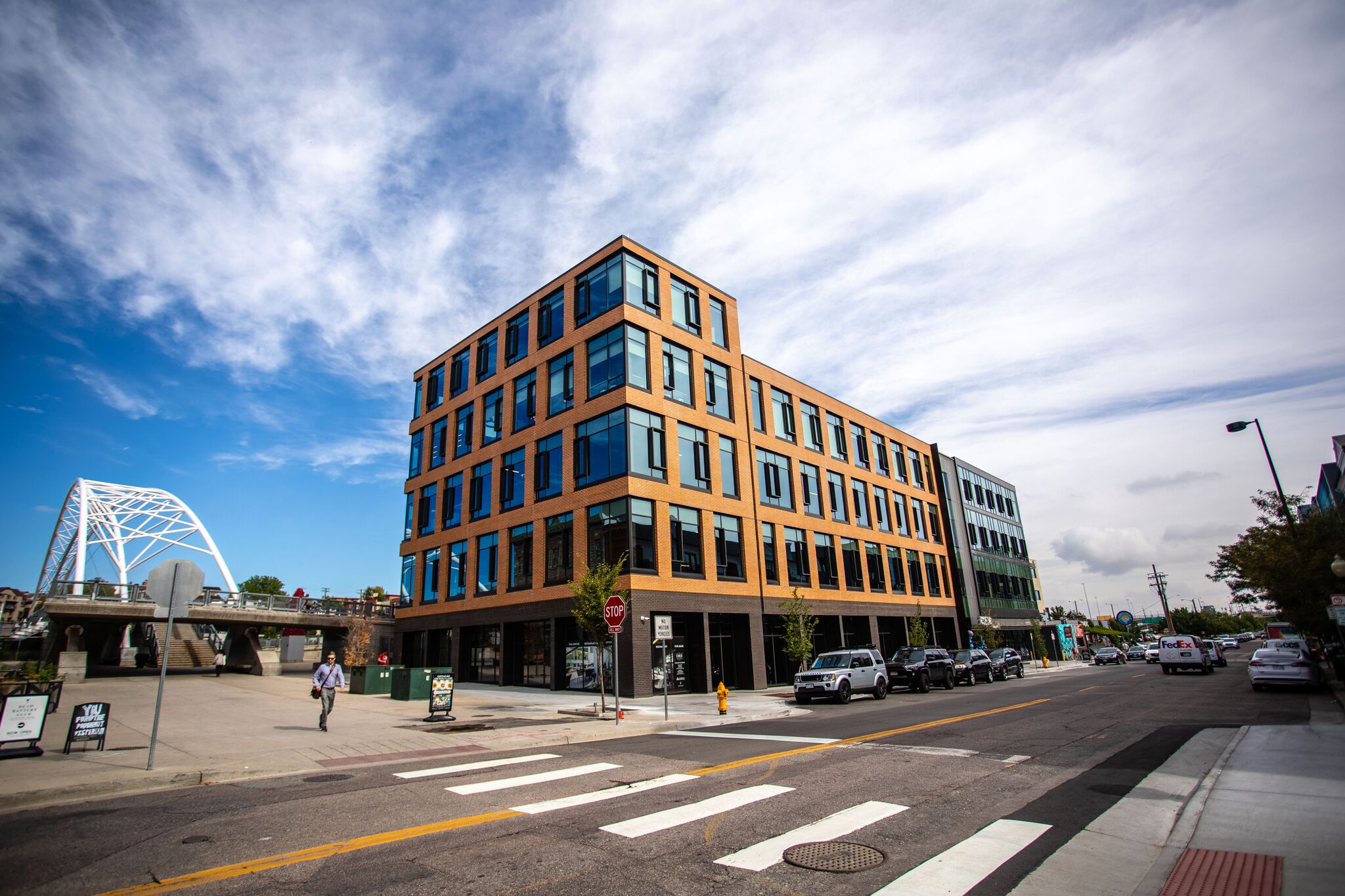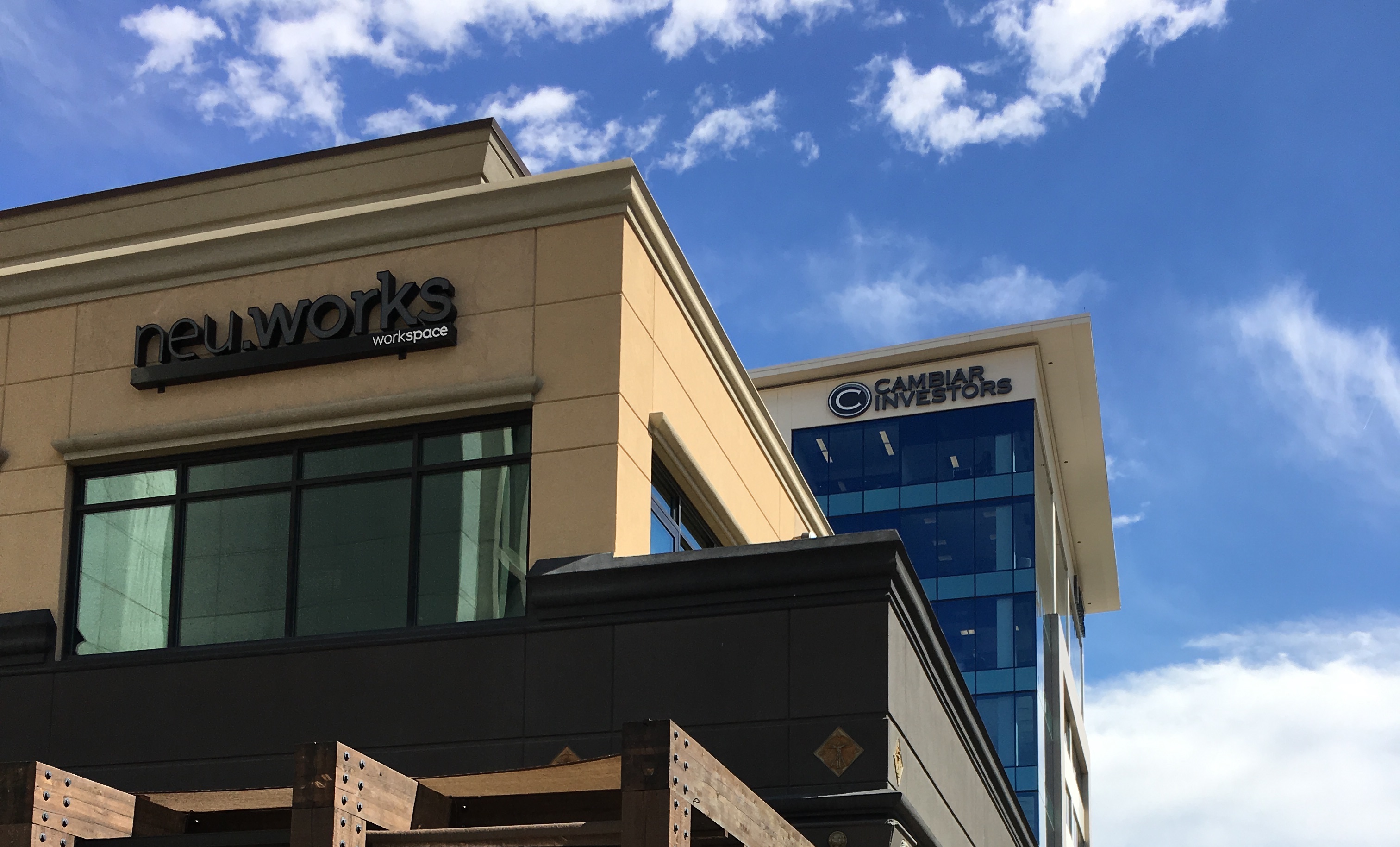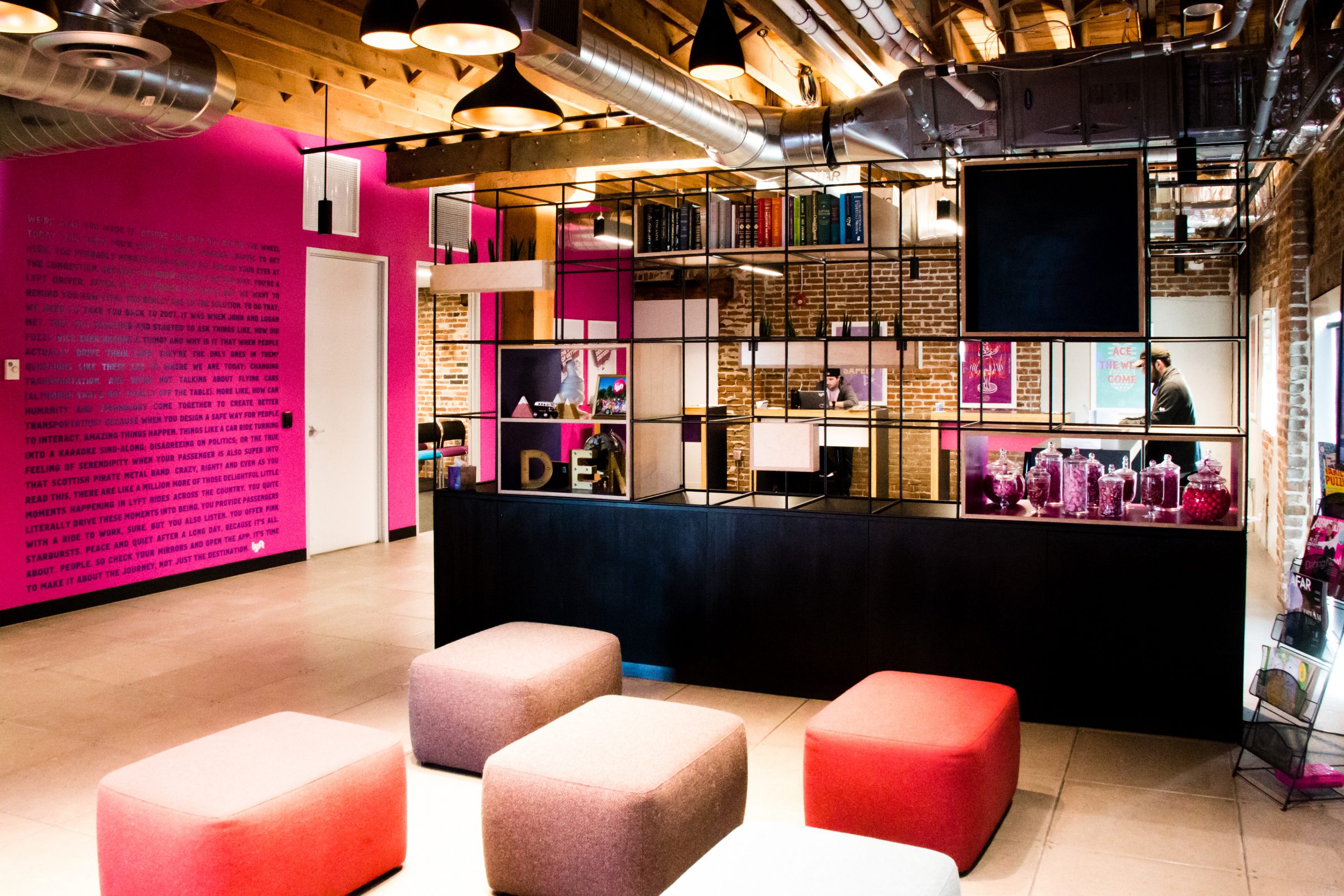High-Performing Buildings and Your Bottomline
‘High-performing’ buildings – a term that has evolved from the concept of ‘green’ buildings – aren’t new to the Denver market, but with so much emphasis put on them in this current construction cycle, it’s important to understand what they mean for your company, your employees, and – perhaps most importantly – your bottom line.
Whether you’re a small-, mid- or large-sized company, you’re faced with a myriad of decisions when it comes to choosing the right office space. While location and amenities are usually top of mind, sustainability is a close third for many of our clients.
With Colorado’s cultural emphasis on the outdoors, taking care of the environment is a natural extension of many companies’ values. And what we’re seeing now is a push beyond just environmental considerations to how sustainable elements can actually impact the wellbeing of employees.
During Bisnow’s recent Denver New Construction and Development panel, multiple industry experts talked about the growing trend of developing buildings in a way that puts the health of their occupants at the forefront of the design. Whether it’s using sustainable construction materials, installing state-of-the-art ventilation, investing in solar panel systems, incorporating biophilic elements (think living plant walls), or capitalizing on the use of natural light, there are a variety of ways developers are creating healthy environments within office settings.
The Denver market has delivered several high-performing office buildings in the past year, including 1144 Fifteenth, 16 Chestnut, The Circa Building, and Riverview at 1700 Platte, among others. Not only are these buildings designed to be environmentally friendly, they also incorporate features to support the health of the tenants who move into them.
While there are numerous benefits (both tangible and intangible) to a high-performing building, the inevitable question is: “Is it worth it?”
Earlier this year, high performance real estate consultant stok (represented on the Bisnow panel) released a new study that quantifies the impact of high-performing buildings on employee productivity, retention and wellness. According to the study, tenants in these buildings can gain $3,395 per employee in annual profit. That’s a number worth noting!
It should come as no surprise that constructing high-performing buildings can come at a premium. In a market where construction costs are already at an all-time high, incorporating green elements requires even more capital. And who ultimately covers those increased costs? Tenants.
(Note: This is one of the reasons many developer’s opposed Denver’s green roof ordinance, which was ultimately modified by Denver City Council to ‘cool’ roofs – read more here.)
As a tenant, you’re probably already seeing an increase in rental rates in Denver, especially in popular areas like the Central Business District, LoDo, RiNo and Platte Street. For high-performing buildings, those rates can crawl even higher. While this shouldn’t necessarily rule them out, it’s an important consideration as you decide where to sign a lease.
Before signing a lease in a high-performing building, here are some questions to ask yourself:
- Where does sustainability rank among our company’s values?
- How are we currently caring for the health of our employees through our office environment? Do we want to do something differently?
- What is the cost/benefit of moving into a high-performing building? What will we gain? What will we have to sacrifice?
- What type of talent are we looking to hire? Will being in a high-performing building help us attract them?
Leasing an office space in a high-performing building provides an opportunity to make an intentional statement for your company, and if this construction trend continues – which is likely – there will be no shortage of them to choose from. Regardless of where you land, we’re here to help you navigate the process. Click here to learn more about our team.









 Andy Cullen, Partner/Managing Broker
Andy Cullen, Partner/Managing Broker  Amy Aldridge, Senior Vice President
Amy Aldridge, Senior Vice President Jona Behm, Associate Broker/Marketing Director
Jona Behm, Associate Broker/Marketing Director